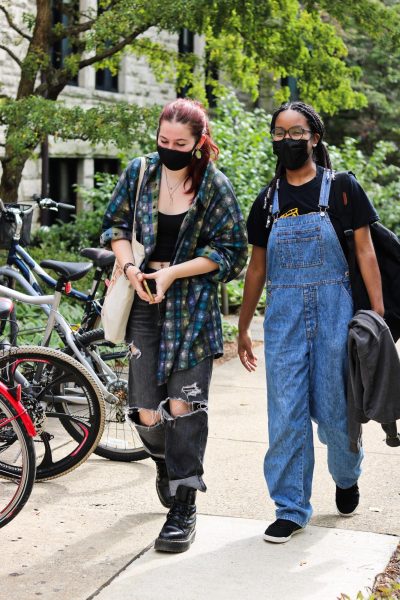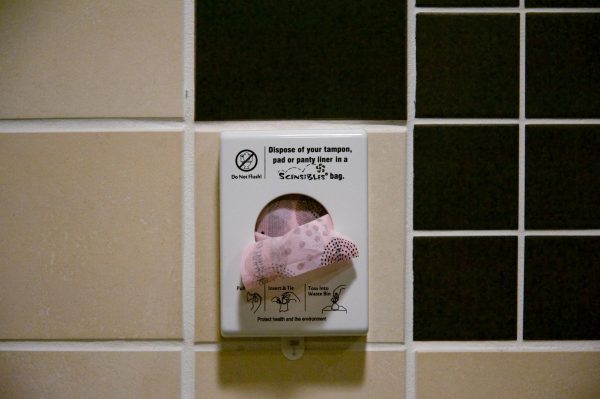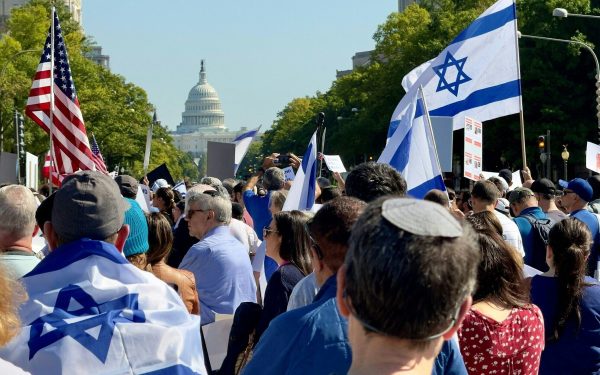Hong Kong Protesters Hold Tight to ‘One Country, Two Systems’
The youngest generation of Hong Kong’s citizens has never seen anything like the summer and fall of 2019. Protests that broke out in March of this year in response to a controversial criminal extradition bill have since morphed into a massive, complex, and well-organized civil uprising. Looming over Hong Kong’s civilian protest movement is the specter of mainland China, to which Hong Kong was repatriated in 1997 after a century and a half of British colonial rule. Hong Kong has since received special status within China — commonly referred to as “one country, two systems” — allowing the city to maintain a liberal economy, protection from the Chinese Communist Party’s influence, and limited participatory democracy.
However, as mainland China has grown increasingly aggressive in its national and international policy, it has sought to strip away Hong Kong’s special status and absorb the city back under the CCP’s authority. In response, the protesters have since made their stance quite clear; Hong Kong is not the same as the rest of China, and protesters would rather ignite a risky revolution than give up the fundamental tenents of their unique political and legislative status.
Since initial protests against the extradition bill, Hongkongers have sought to challenge China’s growing dominance over the island by internalizing democratic values into most aspects of the movement. Tides of protesters ambulate the city like waves, transferring quickly by metro, springing up in new locations, and rarely collecting in order to maintain the movement’s momentum and project a popular, ground-up political image.
Hong Kong’s citizens have also taken inspiration and critical lessons from the 2014 Hong Kong Occupy movement five years ago, which was largely unsuccessful in its attempts to curb Chinese influence over the disputed city’s electoral system in part due to the arrest of prominent activists. The protests of 2019 instead have no publicly recognized leaders. To coordinate action, protesters share possible action plans on social media and the AirDrop function available through iPhones. They then vote on methods of disobedience in massive group polls on messaging apps such as Telegram. Because disobedience is coordinated through democratic votes and person-to-person contact, police are unable to undermine the movement by arresting or targeting specific individuals in order to blunt the movement’s capacity to organize.
Finally, recent gains in the polls have emboldened Hong Kong’s protesters. Citizens voted in November for their local district council representatives, which have comparatively little power and control smaller resource pools for things such as bus stops and district-specific ordinance issues. Protesters arrived at the polls in droves, taking a landslide victory and winning over 90 percent of available district council seats for pro-democracy candidates. While district council members affect little change on the ground, the win provided a welcome symbol of victory for pro-democracy protesters and was regarded as a referendum on China’s growing influence over the island.
The vestiges of democracy that remain in Hong Kong are worth their weight in gold. If the protesters are to achieve their dream of prompting a politically distinct Hong Kong with a fully integrated one-person, one-vote political system, they will first have to overcome an aggressive and confident Chinese government which opposes participatory democracy at a fundamental level. Moreover, the Hong Kong protesters’ political capital around the world will have to withstand the growing onslaught by CCP officials. The protesters have thus far been highly resourceful in sourcing global support through targeted advertising in publications such as The New York Times, but China continues its attempts to delegitimize the protests through claims that they threaten law and order.
The CCP will soon be forced to make extremely difficult decisions regarding the fate of Hong Kong’s unique democratic concessions. Its last resort would be to deploy the Chinese military garrison stationed in Hong Kong to crush the protests, although CCP leaders appear reluctant to take this course. At the end of the day, regardless of the CCP’s ideological opposition to Hong Kong’s exceptional status, China still needs Hong Kong, and would be loath to crack down too harshly. The coming months will likely show to what extent China values its complete political homogeneity, and to what extent it is willing to stifle dissent even at severe economic risk.
Since their inception earlier this year, the Hong Kong protests have bloomed into one of the most sophisticated and well-organized protest movements of our time. But the movement faces off against a government which wields tactics of political repression unparalleled in the modern world. At stake is the fundamental principles of exceptionalism and democracy that make Hong Kong the city that it is. With the world’s eye turned toward China’s growing influence, the Hong Kong protest movement stands to test China’s resolve in one of the growing global superpower’s most crucial hours.





